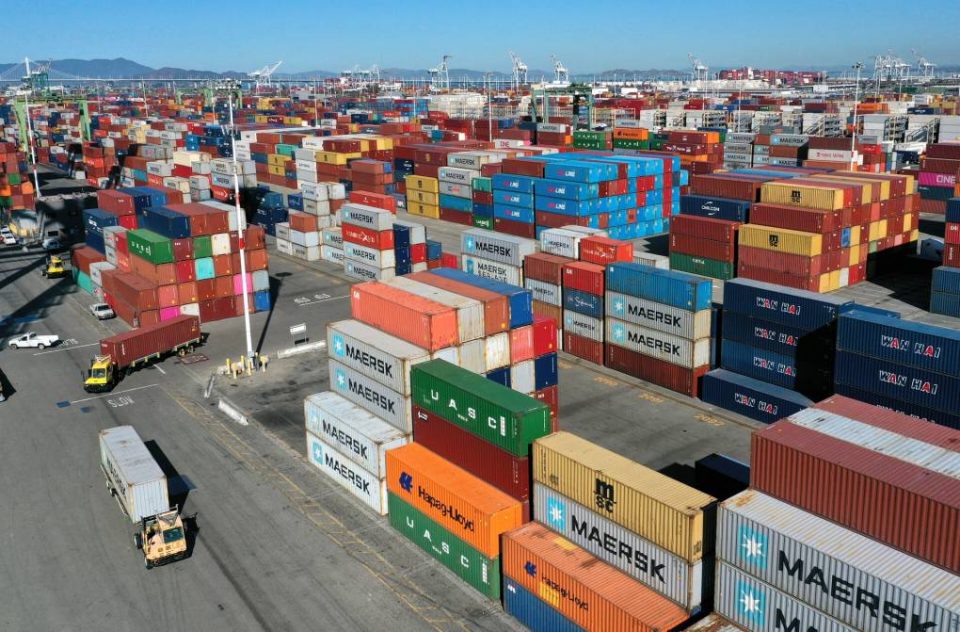One of the solutions I’m suggesting is to use our maximum capacity, including the Port of Oakland. We have another 25% capacity. We could help relieve that congestion down south. I think that there needs to be some kind of discussion about coordinating the various parties in the supply chain in terms of moving, making space available and getting more information to our shippers … to have some clarity as to when the schedule is, when they can get spots, when they can get their containers so that people can coordinate the system better to make it flow more smoothly.
But in the long term, there’s an issue. California ports are especially underinvested. We need a coordinated effort from the state and the federal government to make more investment into the supply chain in California, both in terms of dock space, dock improvements, but also workforce training as well as other issues, like inland warehouse development.
Do you feel that the recently approved federal infrastructure package, which includes $17 billion for infrastructure at ports, is a start?
Absolutely. I appreciate the Biden administration recognizing that this is an important investment in the package. But I think one of the issues that we need to bring out … is that California ports, compared to, for example, the Gulf ports of the East and the South are having an investment disadvantage of about 11 to 1. In other words, for every dollar they invest in the West Coast, in California ports, eleven dollars are invested in other ports on other coasts. So California is way behind.
We need to have a California-coordinated freight policy that not only makes sense of the capacity issue — where we ship the goods, but also in terms of investing, having a plan to invest so that we can compete for that federal investment that’s coming in with the infrastructure package.
This post includes reporting from CalMatters’ Gal Gedye.


